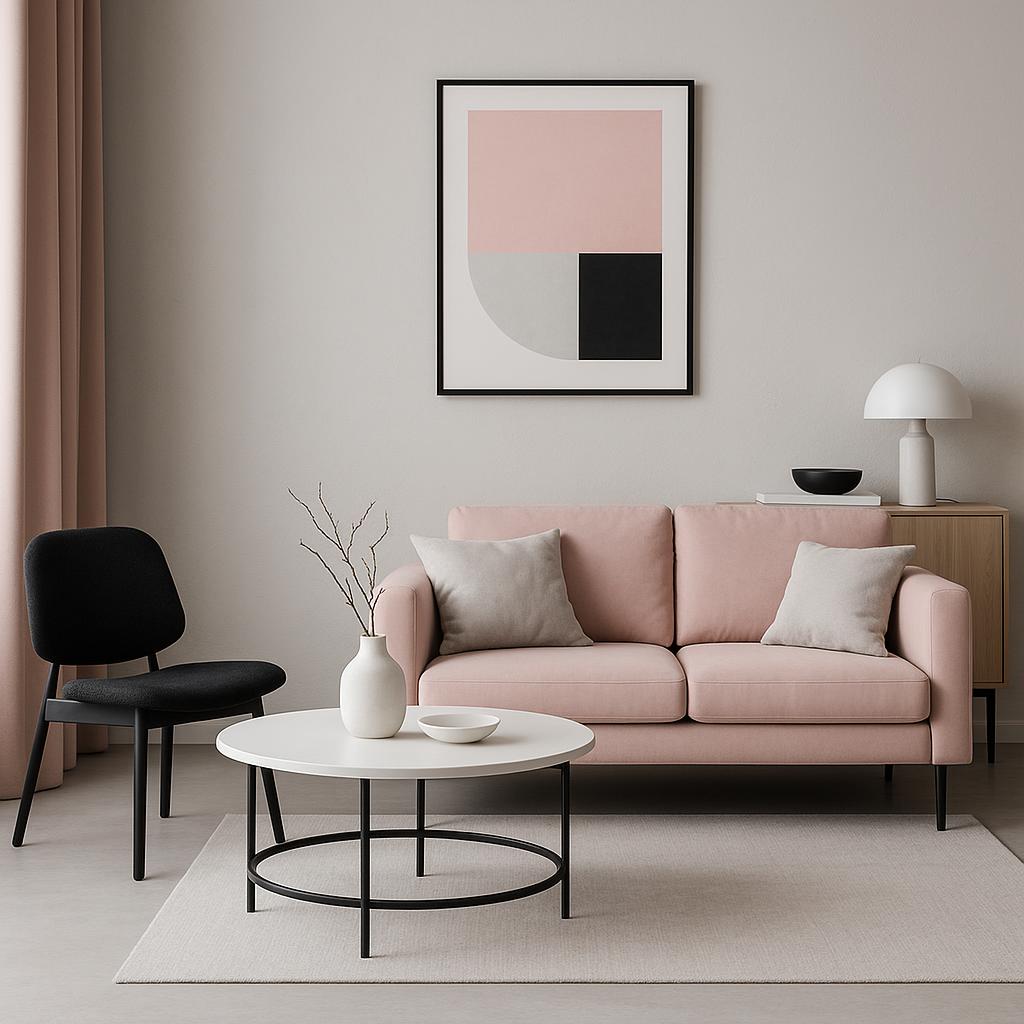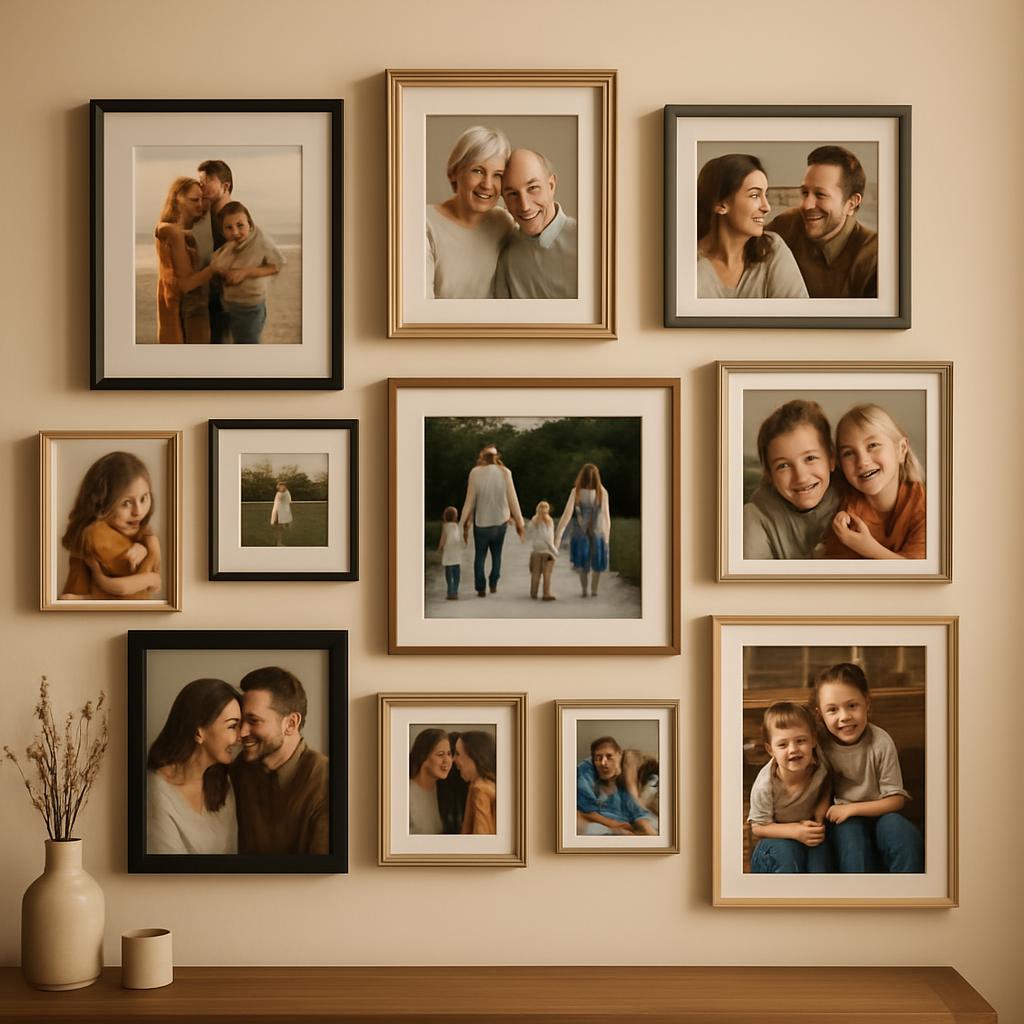Light doesn't just illuminate spaces—it creates them. It carves volumes from emptiness, defines boundaries without walls, and transforms the most mundane room into something magical. While we often think of lighting as decoration or function, the most sophisticated interiors understand a profound truth: lighting is architecture.
Consider this: you can have perfect furniture arrangement, flawless color coordination, and impeccable styling, but if the lighting is wrong, the entire space fails. Conversely, mediocre furnishings bathed in beautiful light can feel like a million-dollar interior. Light is the invisible architect that shapes our perception of every design decision.

The Poetry of Illumination
Great lighting design is poetry written in photons. It has rhythm—the interplay between bright and dim, the dance of shadows and highlights. It has mood—the way warm light makes us feel embraced, how cool light keeps us alert and focused. It has narrative—the story it tells as light changes throughout the day, revealing different aspects of our spaces at different moments.
The best lighting schemes layer different types of illumination to create depth and interest. Ambient lighting provides the foundation—the general illumination that makes a space comfortable. Task lighting serves specific functions—reading, cooking, working. Accent lighting adds drama and highlights architectural features or artwork. And decorative lighting? That's the jewelry—the beautiful fixtures that become art pieces in their own right.
Light as Spatial Definition
One of lighting's most powerful abilities is its capacity to define space without physical barriers. A pool of light over a dining table creates an intimate zone within a larger room. Under-cabinet lighting can make a kitchen island feel like a separate workspace. A dramatic pendant light can anchor a seating area in an open floor plan.
This spatial definition is particularly crucial in contemporary homes with open floor plans. Without walls to delineate different functions, lighting becomes the primary tool for creating distinct zones and guiding movement through space.
The Emotional Impact of Light
Lighting affects us on a primal level. Bright, white light signals day and activity—it keeps us alert and energized. Warm, dim light suggests evening and rest—it helps us wind down and relax. Understanding these biological responses allows designers to craft lighting that supports how we actually live and feel in our spaces.
Color temperature—measured in Kelvin—plays a crucial role in this emotional impact. Lower temperatures (2700K-3000K) produce warm, golden light that feels cozy and intimate. Higher temperatures (4000K-5000K) create cool, white light that feels clean and energizing. The most sophisticated lighting schemes vary color temperature throughout the day, mimicking natural light patterns.
Light is the soul of interior design—the force that brings spaces to life and makes them memorable. When you understand lighting as architecture, you gain the power to transform not just how your spaces look, but how they feel, how they function, and how they serve the deepest human need for beauty, comfort, and connection.


